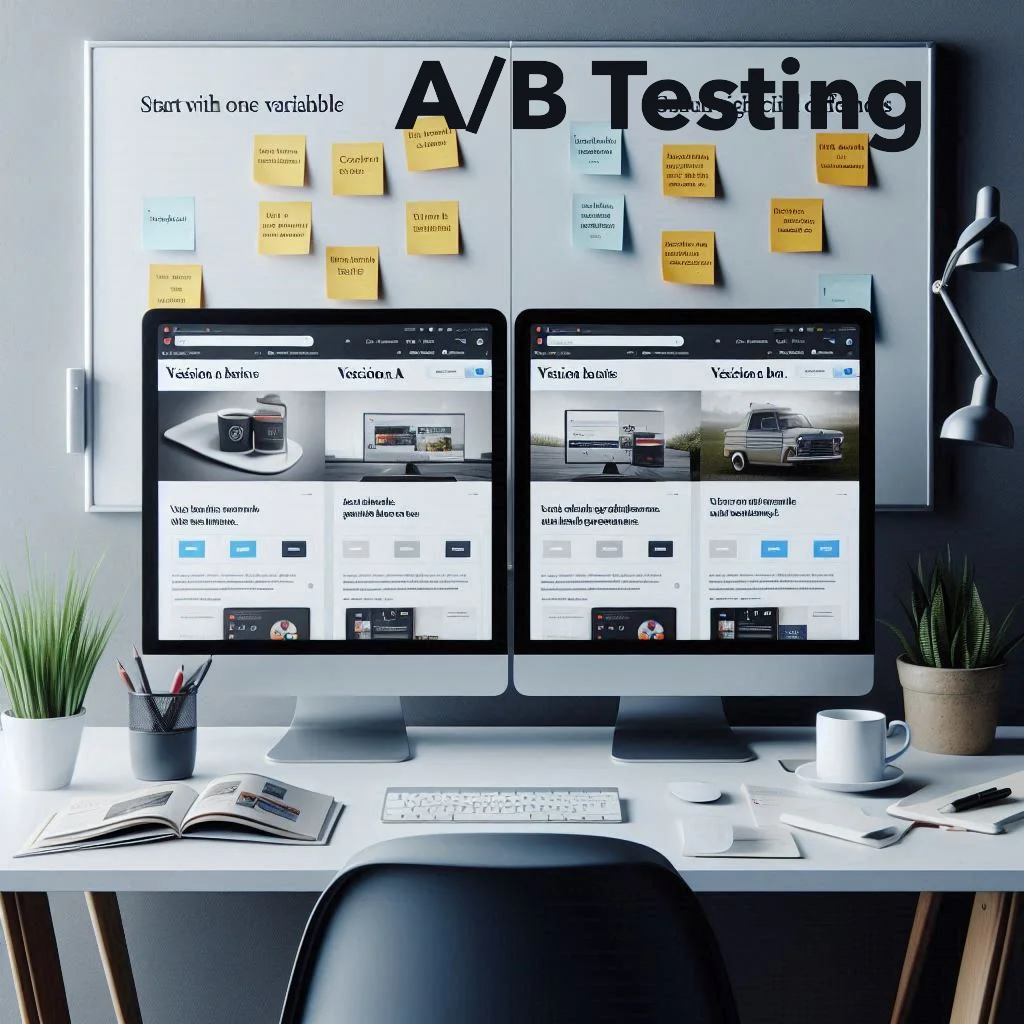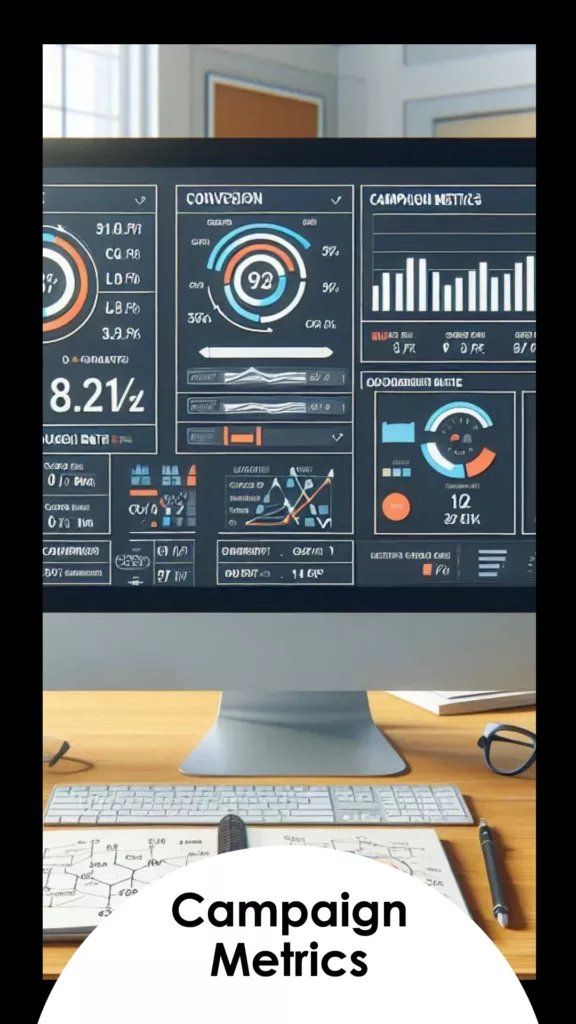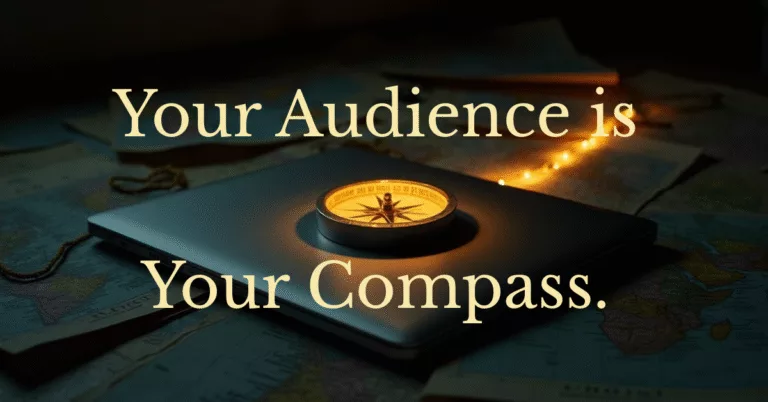Do you have problems with mathematical word problems? Try this one out. This post is the second part of our third installment in the “Mastering Social Media Marketing” series. This is about taking your skills to the next level.
Were you able to decipher what I was talking about? No? That’s OK it wasn’t easy. So let me create a roadmap.
A Quick Roadmap of the Master Social Media Series
- How To Master Social Media Marketing From Zero: A Niche Blogger’s Guide
- How To Master Social Media Marketing – Rapid Growth Strategy
- Social Media Marketing: Leveraging Paid Strategies For Rapid Growth
- Social Media Marketing: Leveraging Paid Strategies For Rapid Growth | Expert Guide (Part 1)
- Social Media Marketing: Leveraging Paid Strategies For Rapid Growth | Expert Guide (Part 2) <–YOU ARE HERE
- Analyzing And Adapting Your Social Media Strategy
- Building a Community (COMING SOON)
Remember when we started this journey? You were a social media novice with ZERO followers, perhaps skeptical about how platforms like Facebook and Instagram could revolutionize your retirement years. Now, you’re on the cusp of becoming a digital marketing virtuoso, ready to turn your wealth of life experiences into a thriving online presence.
In the first half of this guide, I showed you how to leverage paid social media ads for success. We explored the types of ads at your disposal, helped you set a budget that won’t break the bank, and showed you how to target your ads with laser precision. You learned to craft content that speaks directly to your audience’s hearts and minds.
But that was just the warm-up. Now, it’s time to kick things UP A NOTCH.
In the second half of this guide, there are insights revealed into advanced strategies that will supercharge your campaigns:
- You and I will uncover the secrets of Campaign Optimization, allowing us to squeeze every ounce of value from our ad spend.
- Then we will walk through how to leverage cutting-edge tools like AI and chatbots to enhance your marketing efforts.
- None of this means much if we can’t accurately measure our success ensuring every dollar we invest works hard for us.
- Part of that success is how to measure our Return On Ad Spend (ROAS) and use that information to refine our strategies.
- You will want to avoid the common POTHOLES that trip up even seasoned marketers.
- Are you a fan of AI? You should be! As the digital landscape evolves at breakneck speed, we’ll peer into the future, preparing you for emerging trends that will keep you ahead of the curve. AI Anyone?
So, are you ready for Social Media Marketing: Leveraging Paid Strategies For Rapid Growth | Expert Guide (Part 2)? Let’s start by optimizing the paid campaigns that you set up in the last post.
Optimizing Your Paid Campaigns
Optimizing your paid social media campaigns involves continuously improving and refining your advertising strategies to achieve the best possible results. It is a dynamic process that requires monitoring performance, analyzing data, and making adjustments to maximize Return On Investment (ROI).
Key Optimization Strategies
A/B Testing for Ad Performance – A/B testing, also known as split testing, is a powerful tool in your optimization arsenal. It involves creating two or more variations of an ad to determine which performs better.

Here’s how to make the most of A/B testing
- Start with one variable at a time. Whether it’s the headline, image, call-to-action, or ad copy, change only one element between versions. This allows you to pinpoint exactly what’s driving the performance improvement.
- Test meaningful differences. Don’t be afraid to try significantly different approaches. For example, test a question-based headline against a benefit-driven one, or compare a product image to a lifestyle shot.
- Give your tests enough time to gather significant data. Depending on your audience size and budget, this could be a few days or a couple of weeks. Don’t jump to conclusions too quickly – statistical significance is key.
Use the platform’s built-in A/B testing tools – Many social media advertising platforms offer these features, making it easier to set up and analyze your tests. Remember, A/B testing is not a one-and-done process. It’s an ongoing strategy that can continually improve your ad performance over time. What works today might not work tomorrow, so keep testing and refining.
Monitoring and Analyzing Campaign Metrics – To optimize effectively, you need to keep a close eye on your campaign metrics.
Here are the Key Performance Indicators (KPIs) you should be tracking

- Click-Through Rate (CTR) – This measures how many people clicked on your ad after seeing it. A low CTR might indicate that your ad isn’t appealing to your audience.
- Conversion Rate – This shows the percentage of people who took the desired action after clicking your ad. If your CTR is high but the conversion rate is low, you might need to work on your landing page or offer.
- Cost Per Click (CPC) and Cost Per Conversion – These metrics help you understand the financial efficiency of your campaigns. Keep an eye on these to ensure you’re not overspending.
- Engagement Rate – For awareness campaigns, look at likes, comments, and shares to gauge how well your content is resonating with your audience.
- Return on Ad Spend (ROAS) – This measures the revenue generated for every dollar spent on ads. It’s crucial to understand the overall effectiveness of your campaign
Use the analytics tools provided by the social media platforms, as well as third-party tools if needed, to track these metrics. Set up regular reporting schedules – weekly or bi-weekly – to stay on top of your campaign performance.
Remember, optimization is an ongoing process. It requires patience, attention to detail, and a willingness to continually learn and adapt. By consistently applying these optimization strategies, you’ll be able to squeeze more value out of your ad spend and achieve better results over time.
Integrating Paid and Organic Strategies
While paid strategies provide immediate visibility and results, integrating them with your organic efforts creates a holistic marketing approach.

- Amplifying Organic Content
- Identify your best-performing organic posts and promote them through paid advertising. This not only increases their reach but also reinforces your brand message. For example, if a blog post about retirement blogging resonates well with your audience, consider boosting it to reach a wider demographic.
- Identify your best-performing organic posts and promote them through paid advertising. This not only increases their reach but also reinforces your brand message. For example, if a blog post about retirement blogging resonates well with your audience, consider boosting it to reach a wider demographic.
- Building Brand Loyalty
- Organic content fosters community engagement and trust. Paid ads drive traffic to your content. You want new visitors to see your value proposition immediately. By sharing valuable insights, tips, and stories through organic posts, you can build a loyal following that is more likely to engage with your paid campaigns.
- Cross-Promotion:
- Use your social media channels to promote your paid campaigns. Share behind-the-scenes content, sneak peeks, or testimonials related to your ads. This approach not only generates excitement but also encourages your audience to engage with your paid content.
By integrating paid and organic strategies, you can create a cohesive marketing approach that enhances your brand presence and drives sustained growth.
Tools for Tracking and Reporting Campaign Success
To effectively measure and analyze your campaign performance, leverage the powerful tools available on social media platforms and third-party analytics services. Here are some essential tools to consider:
Facebook Ads Manager – Provides comprehensive analytics for your Facebook and Instagram ad campaigns. It offers detailed reports on impressions, reach, CTR, conversions, and more, allowing you to track your KPIs in real time.
Google Analytics – Integrating Google Analytics with your social media campaigns can provide deeper insights into user behavior on your website. Track metrics such as traffic sources, user engagement, and conversion rates to understand how your ads are driving website activity.
Calculating and Improving Return on Ad Spend (ROAS)
Return on Ad Spend (ROAS) is a critical metric for evaluating the profitability of your paid social media campaigns. To calculate ROAS, use the following formula:
ROAS = Revenue from Ads/Cost of Ads
For example, if you generated $1,000 in revenue from a campaign that cost $200, your ROAS would be 5, meaning you earned $5 for every $1 spent on ads.
To improve your ROAS, consider the following strategies:
Optimize Ad Targeting – Refine your audience targeting to ensure your ads reach the most relevant users. Use demographic, interest-based, and behavioral targeting to narrow down your audience. I was spending on ad revenue for people 40 and above. Come to find out no one under 50 was active. So I changed the demographic and focused ad spending on the over 50 crowd.

Enhance Ad Creatives – Continuously test and improve your ad creatives. Experiment with different headlines, images, videos, and ad copy to find what resonates best with your audience. Images and text grab attention, Did you see the images that I posted related to my new blog post?
Most people will stop on the remarkable “cowboy hat”. Did you?
Adjust Bidding Strategies – Experiment with different bidding strategies to find the most cost-effective approach. Consider using automated bidding options provided by social media platforms to optimize your ad spend. While effective, the automated bidding will be MORE EXPENSIVE that you setting what you are comfortable with. FB and the rest are in business to make money, not necessarily to help you make money.
Focus on High-Performing Ads – Allocate more budget to ads that are performing well and driving high conversions. Pause or adjust underperforming ads to maximize your ROI. When my history professor repeated something, I KNEW that it would be on the final…
“Stop wasting money on losing ads!”
By regularly monitoring your KPIs, utilizing the right tools, and optimizing your campaigns based on performance data, you can ensure that your paid social media efforts are both effective and profitable.
Common Potholes and How to Avoid Them
Nothing is ever perfect. Navigating the world of paid social media advertising can be a rewarding venture, but it’s not without its challenges. For retirees and soon-to-be retirees, the stakes can feel particularly high as they seek to supplement their income and build a sustainable online presence. Understanding common potholes and learning how to avoid them is essential for maximizing your advertising efforts and achieving your goals. Let’s explore some of the most frequent mistakes made in paid social media campaigns and how you can steer clear of them.
Overspending Without Clear Objectives

One of the most common potholes in paid social media advertising is overspending without having clear, defined objectives. Without a roadmap, it’s easy to lose sight of your goals and end up wasting resources.
- Set Clear Goals
- Before launching any paid campaign, take the time to establish specific, measurable objectives. Whether your goal is to increase brand awareness, drive traffic to your blog, or generate leads, having well-defined goals will guide your spending decisions. For example, instead of a vague goal like “get more followers,” aim for “increase followers by 20% in the next three months.”
- Regularly Review Your Budget
- Keep a close eye on your spending and compare it against your objectives. If you find that certain campaigns are not performing as expected, don’t hesitate to adjust your budget or pause those ads. This proactive approach will help you avoid unnecessary overspending and ensure that your advertising dollars are working effectively.
Neglecting Audience Research
Audience research is a pain in the posterior. When you follow The Amazing Niche Master’s niche selection process, YOU ARE YOUR AUDIENCE. Unfortunately, many people start their blogging career off on the wrong foot. You chose a “trendy” niche and pushed on without doing the required research. This is a crippling mistake. Without proper audience research, your ads will miss the mark, reaching the wrong people or failing to resonate with the right ones.
- Conduct a Thorough Audience Analysis
- Invest time in understanding your target audience’s demographics, interests, and behaviors. Use tools like Google Analytics, Facebook Insights, and social listening tools to gather data about who your audience is and what they care about. For retirees, this might include understanding their financial concerns, hobbies, and preferred content formats.
- Create Detailed Buyer Personas
- Develop comprehensive profiles of your ideal customers, including their pain points, motivations, and preferred content types. This exercise will help you tailor your messaging and targeting strategies to better connect with your audience.
Ignoring Mobile Optimization Is Wrong
Today everyone has a cell phone. The majority of social media users are accessing the social media platforms via mobile devices. Failing to optimize your social media ads for mobile will severely limit your campaign’s effectiveness.

- Design for Mobile-First
- Create ad content that looks great and functions well on small screens. This includes using readable fonts, clear images, and concise copy. Ensure that your landing pages are also mobile-responsive, providing a seamless experience for users who click through from your ads.
- Test Across Devices
- Before launching your campaigns, preview your ads on various devices to ensure they display correctly and maintain their impact. A mobile-friendly design can significantly improve engagement and conversion rates.
Neglecting to Test and Iterate
Many marketers make the mistake of setting up their campaigns and then letting them run indefinitely. This “set it and forget it” approach leads to stagnant performance, missed opportunities, and wasted dollars!

- Implement A/B Testing
- Regularly test different elements of your ads, including headlines, images, calls-to-action, and targeting options. A/B testing allows you to identify what resonates best with your audience and refine your approach accordingly.
- Analyze Results Frequently
- Set aside time each week to review your campaign performance metrics. Use this data to identify areas for improvement and make necessary adjustments. If something isn’t working, don’t hesitate to pause it and try a new approach.
- Stay Agile
- Be prepared to make quick adjustments based on performance data. The social media landscape changes rapidly, and being agile in your approach will help you stay ahead of the competition.
By being aware of these common potholes and actively working to avoid them, you can significantly improve the effectiveness of your paid social media campaigns. Remember, successful social media marketing is an ongoing process of learning, testing, and refining. With clear objectives, thorough audience research, mobile optimization, and a commitment to testing and iterating, you’ll be well on your way to achieving your goals and making the most of your advertising investments. Lest we forget, Artificial Intelligence (AI) is improving efficiencies everywhere.
The Role of AI and Machine Learning in Paid Strategies
Artificial intelligence (AI) and machine learning are transforming paid social media marketing by enabling more sophisticated targeting, optimization, and personalization.

- Automated Ad Optimization
- AI-powered tools can analyze vast amounts of data to identify patterns and predict user behavior, allowing for more effective ad campaigns. Platforms like Facebook and Google Ads use machine learning to optimize ad delivery, bidding strategies, and budget allocation, helping you achieve better results with less manual effort.
- AI-powered tools can analyze vast amounts of data to identify patterns and predict user behavior, allowing for more effective ad campaigns. Platforms like Facebook and Google Ads use machine learning to optimize ad delivery, bidding strategies, and budget allocation, helping you achieve better results with less manual effort.
- Personalized User Experiences
- Machine learning algorithms can enhance audience targeting by identifying high-value segments and predicting which users are most likely to convert. By leveraging these technologies, you can create personalized ad experiences that resonate with your audience, increasing engagement and driving conversions.
- Chatbots and Customer Support
- The integration of AI-driven chatbots can enhance user experience by providing instant support and guidance. For retirees, having a chatbot available to answer questions or provide recommendations can significantly improve their experience and increase the likelihood of conversion.
Future-Proofing Your Paid Social Media Strategy
Staying informed about emerging platforms, privacy changes, and advancements in AI will help you adapt your paid social media strategies for long-term success. By embracing these trends, retirees can enhance their online presence, connect with their target audience, and achieve their financial goals more effectively. In our final section, we will summarize the key takeaways from this guide and provide actionable steps to implement these strategies for rapid social media growth. Get ready to put everything you’ve learned into practice and achieve your social media marketing goals!
What Have We Learned?
As we wrap up this comprehensive guide on leveraging paid social media strategies for rapid growth, let’s take a moment to reflect on the key points we’ve covered and how they can transform your online presence.
We began by understanding paid social media advertising and exploring the different types of ads and platforms available. From display ads that capture attention quickly to sponsored content that blends seamlessly into users’ feeds, knowing the strengths and ideal use cases for each ad type helps you choose the best fit for your goals.
Next, we discussed getting started with paid strategies, emphasizing the importance of setting a budget and defining clear campaign objectives. By starting with a modest budget and setting SMART goals, you can test different approaches without significant risk and ensure your efforts are focused and efficient.
In targeting your audience effectively, we highlighted the power of demographic and interest-based targeting, retargeting strategies, and lookalike audiences. These techniques allow you to reach the right people with precision, increasing the chances of engagement and conversion
Creating compelling ad content is crucial for capturing interest and driving action. We explored how to craft attention-grabbing headlines, design visually appealing ad creatives, and write persuasive ad copy that resonates with your audience and encourages them to take the next step.
Optimizing your paid campaigns involves A/B testing, monitoring campaign metrics, and making data-driven adjustments. By continually refining your ads based on performance data, you can maximize your return on investment and achieve better results over time.
We also addressed common potholes and how to avoid them, such as overspending without clear objectives, neglecting audience research, ignoring mobile optimization, and failing to test and iterate. By being aware of these challenges and actively working to avoid them, you can improve the effectiveness of your paid social media campaigns.
Finally, we looked at future trends in paid social media marketing, including emerging platforms and ad formats, the impact of privacy changes on targeting, and the role of AI and machine learning. Staying informed about these trends will help you adapt your strategies for long-term success.
Taking Action -> Stay Informed
Next up
- Analyzing And Adapting Your Social Media Strategy
- Building a Community (COMING SOON)
Here’s to your success in the digital landscape!








